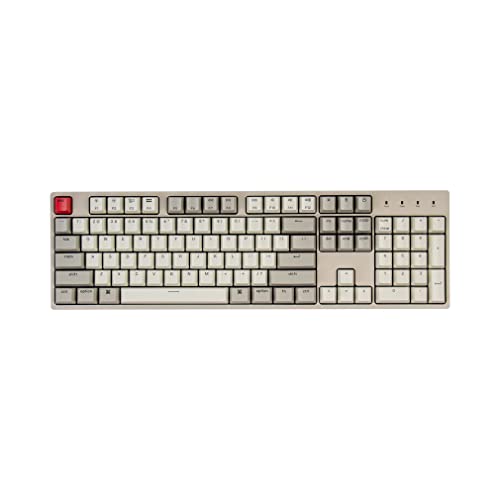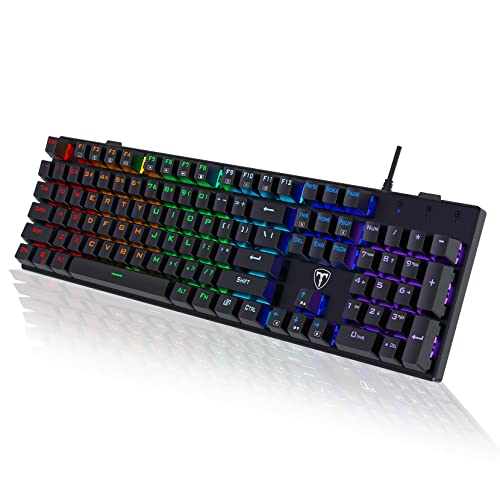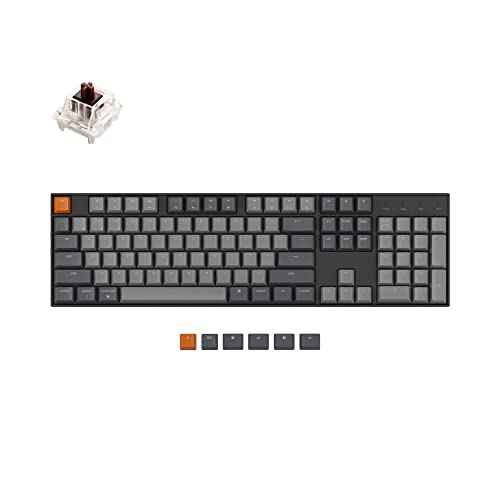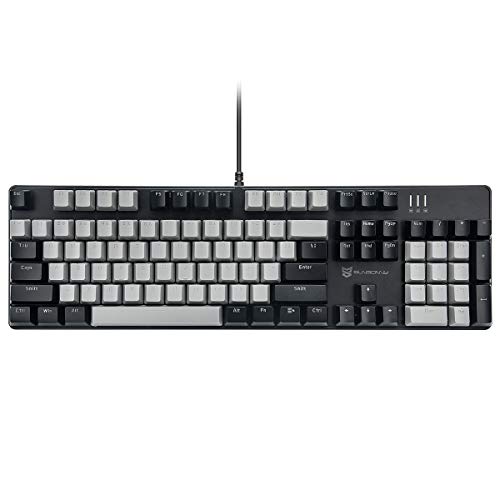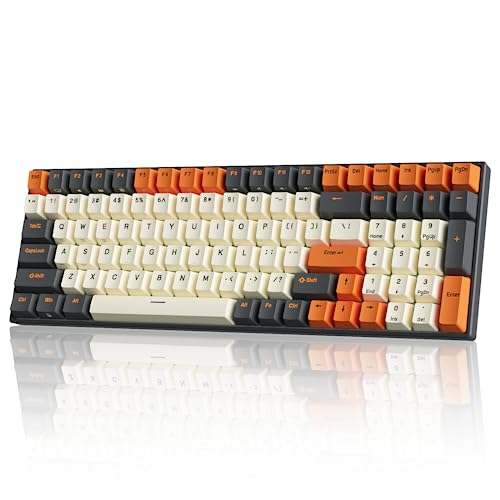When you dive into the world of mechanical keyboards, one of the first things you'll notice is the variety of mechanical keyboard layouts. Choosing the right layout can seriously impact your typing experience, so it’s essential to understand what’s out there.
The most common layouts are the ANSI, ISO, and JIS. The ANSI layout is popular in the US and features a wide enter key and an easier-to-reach backspace. The ISO layout is common in Europe and has a different shape for the enter key, plus an additional key next to it. The JIS layout, often used in Japan, includes some unique keys for Japanese characters. Depending on where you are or what you're used to, one of these might feel more comfortable than the others.
Next up is the size of the keyboard. Full-size keyboards come with everything you need, including a number pad, which is handy for anyone crunching numbers. Tenkeyless (TKL) layouts skip the number pad, giving you a more compact option. If you're really looking to save space, you might want to check out 60% keyboards, which remove the function row and navigation keys. These small keyboards are super portable, but you may need to get used to using function layers for some common tasks.
Don’t forget about custom layouts! Many mechanical keyboards allow you to program your keys however you like. This can be a game changer for gamers, coders, or anyone who frequently uses specific software. With customizable keycaps and switches, you can tailor your keyboard to suit your style and needs.
Overall, understanding different mechanical keyboard layouts helps you find the right fit for your needs. Think about how you plan to use your keyboard, and don't hesitate to try out a few options. The perfect layout is out there waiting for you!
Common Layouts and What They Offer
The Full Size Layout is the big player in the game. It includes all the keys you’d expect: the function keys, number pad, and navigation buttons. If you're someone who frequently types numbers or uses shortcuts, this layout gives you everything at your fingertips, making it ideal for office work or number crunching.
Next up is the TKL (Tenkeyless) Layout. It skips the number pad, making it more compact and easier to fit on your desk. This layout is perfect if you want valuable real estate without sacrificing too much functionality. Gamers love TKL because it provides more space for mouse movement while still keeping all essential keys.
For those who want to keep it minimalist, the 75% Layout packs a punch in a compact form. It shrinks down the size without losing the arrow keys or important function keys, providing a great balance between space and usability. This layout is a favorite among users who appreciate portability and style.
If you’re really into saving space, the 60% Layout is the way to go. It drops the function row and number pad entirely but keeps the core typing experience intact. This layout is super portable and looks sleek on any desk. It's great for minimalists and those who just want a clean, no-frills typing setup.
PICTEK PC305A RGB Mechanical Gaming Keyboard
Experience ultimate precision and vibrant lighting with the PICTEK PC305A RGB Mechanical Gaming Keyboard
Product information
Product Review Score
4.18 out of 5 stars
66 reviewsProduct links
Picking the Best Size for Your Needs
Choosing the right size for your mechanical keyboard can make a big difference in your overall experience. Different mechanical keyboard layouts offer various sizes, so it's essential to find one that fits your needs and available space. Let's break down the common sizes.
First up, we have the full-size layout. This one includes all the keys you'd expect, like the number pad. If you often type numbers or do a lot of data entry, this size might be your best bet. It offers everything in one place, making it super convenient.
If you want to save some space, consider a tenkeyless (TKL) keyboard. This layout omits the number pad but keeps all the essential keys. It's great for gamers who want more room for mouse movement but still want a solid typing experience. Plus, it tends to be lighter and easier to transport.
For those who really want to maximize space, a compact layout could be the way to go. These keyboards may have 60% or even 65% layouts, which cut down on unnecessary keys. They often squeeze in the essentials you actually use, making them perfect for tiny desks or for packing up on the go. Just keep in mind that some key functions might require using a function layer, so it's something to consider.
Finally, think about your typing habits and where you'll use the keyboard. If you’re always on the road or limited on desk space, a compact layout saves the day. However, if you often need to use numbers, a full-size option might be worth it. Look at the various mechanical keyboard layouts available and pick one that suits your lifestyle the best!
Keychron C2 Full Size Wired Mechanical Keyboard
Perfect your typing with the Keychron C2 Full Size Wired Mechanical Keyboard
Product information
$53.99
Product Review Score
4.63 out of 5 stars
216 reviewsProduct links
Choosing Key Switches That Suit You
When it comes to mechanical keyboards, choosing the right key switches is just as important as picking the right mechanical keyboard layouts. The switch type can change your typing experience completely. Let’s break it down so you can find the perfect fit for your needs.
First up, you have your tactile switches. These provide a noticeable bump when you press down, giving you some satisfying feedback that lets you know the key has registered. If you enjoy a bit of a feel while you type, tactile switches can really enhance that experience. They’re great for typing and programming tasks where you want to feel connected to your keyboard.
Then there are linear switches. They offer a smooth keystroke without any tactile feedback or clicky sounds. This makes them super quiet and perfect for those late-night gaming sessions or working in a shared space. If you prefer a seamless typing experience or just like a lighter touch, linear switches might be your jam.
Finally, we have clicky switches, which are all about that audible click. They give you a loud and satisfying sound when you type. If you like to feel and hear your keys, these will definitely appeal to you. Just keep in mind they can be a bit noisy, so maybe not the best for a quiet office.
Ultimately, your choice of key switches will depend on what you’re using your keyboard for. Whether you lean towards tactile, linear, or clicky, make sure to consider how these choices will complement the mechanical keyboard layouts you’re interested in. Happy typing!

